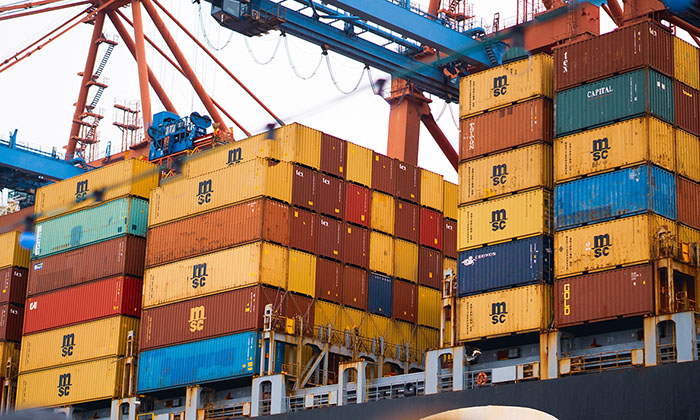S&OP: Sales, Operations & …Purchasing?

The world has changed
For years now, supply chain blogs and articles have invariably begun with a statement about the changing world. There certainly has been been plenty going on in the past years, and even the causes themselves are changing. Whereas we used to be able to blame the increasing uncertainty and volatility on changing consumer behaviour, more recently the culprits have been geopolitical, climate (harvests) and macro-economic developments. The latest American election outcome will undoubtedly lead to increased protectionism, so supply chains will have to adjust quickly and significantly. Again!
Technology solves everything
Automation is typically presented as the remedy for all this uncertainty. Artificial intelligence (AI) and machine learning (ML) in particular are powerful technologies that are already built into many standard supply chain planning platforms, with a growing range of useful and practical applications. The early adopters have left the “trough of disillusionment” in their wake and are starting to reap the benefits of their hard work.
…or does it?
As a result, digital planning will play an even bigger role than it already does, and in a few years from now the world of supply chain software will look very different. However, technology alone is rarely a completely satisfactory answer to new challenges, and the current times are no exception. For example, many machine learning applications are focused on driver-based forecasting to improve the accuracy of demand forecasts. This holds great potential, but the major disruptions in recent years have actually been on the supply side: problems with deliveries, shortages of materials and components and the associated (and sometimes very steep) price increases. Machine learning can’t solve all that for us.
Supply chain resilience
Therefore, we need to do something else besides making intelligent use of new technology, and this is where supply chain resilience comes in. Supply chain resilience is focused on the design and management of the end-to-end value chain, the identification of vulnerabilities and the implementation of permanent measures to address them. Such as smart buffers, back-up facilities and continuous monitoring processes that intervene whenever necessary. In fact, we are even prepared to accept additional costs nowadays to improve supply chain resilience!
Achieving and sustaining supply chain resilience requires a structured process which regularly brings together the right disciplines. Sales & Operations Planning (S&OP) provides a perfect framework for this, because it is an existing process in which all the disciplines agree on a consensus plan on at least a monthly basis, if not more frequently.
To learn more about safeguarding resilience in your supply chain, read our blogs about ‘Resilience as a lifestyle’.
Bigger role for Purchasing in S&OP
Did I say all the disciplines? Actually, the S&OP process generally omits one discipline that is crucial for decisions about the end-to-end supply chain: Purchasing. Whereas most S&OP processes have traditionally been based on the (often implicit) assumption that materials and components will always be available, the recent major disruptions have highlighted that things have changed – and sometimes with huge consequences, as for example we have seen in the automotive industry.
Technology will undoubtedly play an ever-greater role, including to address the upstream problems. For instance, digital twins can provide ideal support to decision-making by enabling scenarios to be analysed quickly. But first and foremost, the right foundation needs to be in place – and that means embedding supply chain resilience in the S&OP process, including a permanent seat at the table for Purchasing.
Keen to know more about supply chain resilience? Read our white paper.
This article was written for Supply Chain Magazine.



